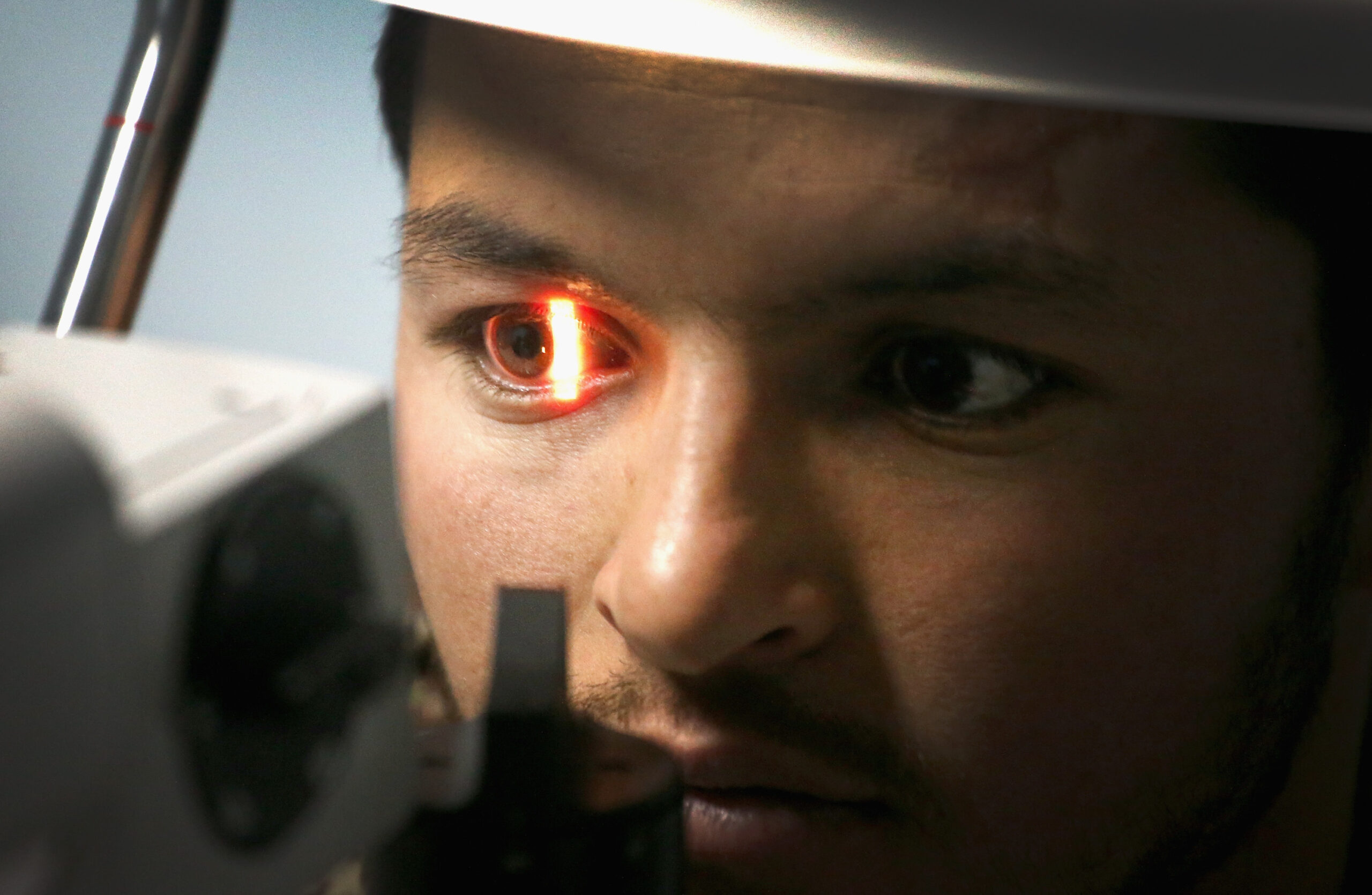advertisement
New Tech Detects Prospects Of Heart Disease Via Eye Scan

Having the privilege to detect risks of heart disease in a matter of minutes without having to undergo blood tests or pressure checks is now possible thanks to a new technology. This is the groundbreaking development spearheaded by Sundar Pichai CEO of Google, who revealed Google’s AI (artificial intelligence) that can detect traces of cardiovascular diseases.
Many believe that the eyes are the window to the soul, but in this case, it is the window to the heart as Google’s AI model is programmed to detect any heart illness through an eye scan. This is an advancement from traditional diagnostic methods like CT Scans, MRIs, and X-rays.
The journey to the discovery began four years ago when a joint team of researchers from Google and Aravind Eye Hospital embarked on a mission to develop an automated tool for detecting diabetic retinopathy, a leading cause of blindness globally. Upon provision of the patient’s retinal photos, the algorithm developed on the AI could recognize the signs of the disease and deliver a diagnosis within seconds. The algorithm is expected to be given the go-ahead to operate independently soon and finally transform the field of eye disease detection and management.
advertisement
The AI could pick up on problems that the people who trained it couldn’t, opening up a world of possibilities for early detection of other diseases such as dementia, multiple sclerosis, Parkinson’s, Alzheimer’s, and even schizophrenia. Through the eye scan, specifically the retina, the rear interior of the eye, is filled with blood vessels that reflect the body’s overall health. Through the eye scan, doctors could infer critical information like an individual’s blood pressure, smoking habits, and age, all predictors of cardiovascular health. The algorithm can predict heart disease by analyzing the veins and arteries in the retina.
To train their cardiovascular prediction algorithm, Machine learning was used to analyze a medical dataset of nearly 300,000 patients. This data included eye scans as well as general medical data during testing, Google’s AI exhibited a 70 percent accuracy rate in differentiating between retinal images of two patients, one of whom experienced a cardiovascular event within the subsequent five years, and the other who did not. The accuracy of the AI was slightly lower than the traditional method of blood testing accuracy at 72%. This revolutionary method of assessing cardiovascular risk, not only makes it quicker and easier for doctors, but it also signals a shift toward a new AI-powered paradigm for scientific discovery.
This breakthrough could allow ophthalmologists and other health workers to carry out cardiovascular screening using a camera without needing a blood test. The less privileged vision centers who may not have access to the specialized gear alternatively, could use an affordable, portable solution involving a smartphone, a relatively inexpensive condensing lens, and a DIY retinal camera for the screening. Even better, patients could take a picture of their eye and upload it to the cloud and later receive a diagnosis.
advertisement
Google’s AI is already making remarkable progress towards a future in which traditional diagnostic methods may serve as supplementary tools compared to the valuable insights we can extract from our own eyes. This paves the way for a world where a simple eye scan has the potential to uncover concealed health issues and forecast cardiovascular events, fundamentally transforming healthcare and diagnostics. In the hands of Google’s AI, every eye has a narrative. As the adage goes, ‘To understand the body, look to the eye”. The eye harbors the secret of the body.